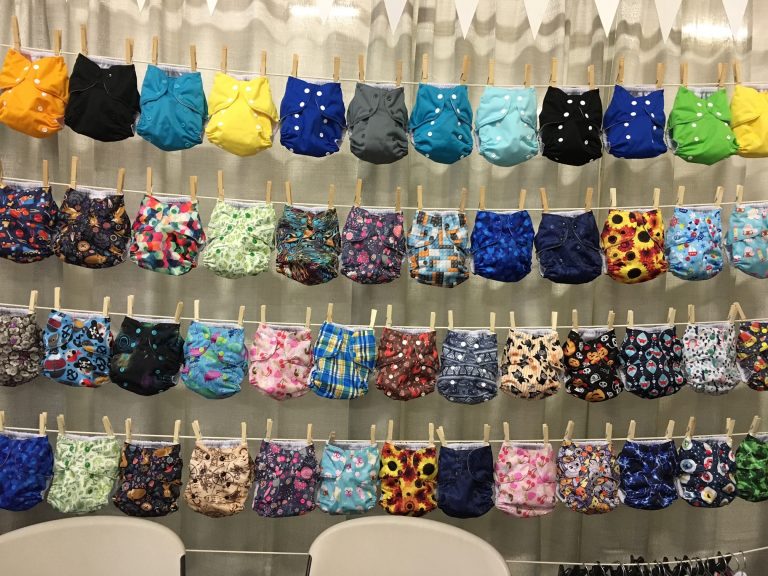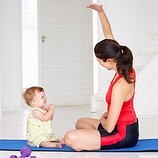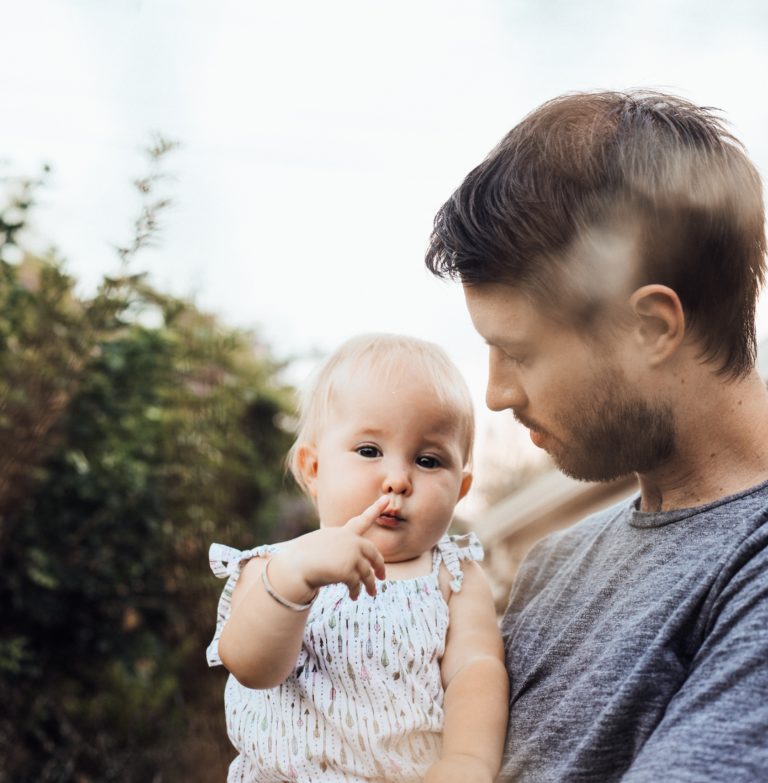What Type of Sunscreen is Best for Kids?
 Blessed with more than our fair share of glorious sunshine, we all know how important it is to be sun smart here in SoCal.
Blessed with more than our fair share of glorious sunshine, we all know how important it is to be sun smart here in SoCal.
But that doesn’t stop us from getting a little confused every now and then when it comes to sun safety, especially when we’re talking sunscreen for our little ones. With so many options on the shelves nowadays, and ever changing recommendations, how do you know which one to go for?
As it is International Sun Screen Day this week (27th), we’re sharing with you what we’ve read and know about choosing and using sunscreen on kids – we hope it helps!
At what age can I start using sunscreen?
The American Academy of Dermatology (AAD) says sunscreen should be avoided if possible in babies younger than six months and that every effort should be made to keep babies covered or in the shade. However, if protective clothing and shade are NOT available, Healthy Children.Org advise using sunscreen on small areas of the body such as the face and the back of hands. If this is your only option, you might want to test your baby’s sensitivity first with a small amount of sunscreen on their inner wrist.
What should I look for in a sunscreen for kids?
Healthy Children.Org say that a sunscreen should have the following:
- “Broad-Spectrum” on the label – that means it will screen out both UVB rays (the ones that will give you sunburn) AND UVA rays (aging rays).
- An SPF (sun protection factor) of at LEAST 15 (the AAD however recommends at least 30). The higher the SPF, the more UVB protection it has.
- Water Resistance – either ‘Water Resistant’ (effective for up to 40 minutes in water) or ‘Very Water Resistant’(effective for up to 80 minutes in water). Note, manufacturers are now banned from using misleading words such as ‘waterproof’ and ‘sweat proof’ on labels as re-applications is always required.
What about chemicals?
Many parents are worried by this. The most common sunscreens on the market will contain chemical filters – from two to six of these ingredients: oxybenzone, avobenzone, octisalate, octocrylene, homosalate and octinoxate. Mineral sunscreens use zinc oxide and/ or titanium dioxide.
Many kids’ brands are now formulated with safer, more effective ingredients than those in other products – about 63 % of kids sunscreens contain effective mineral ingredients that provide good protection from ultraviolet-A rays, compared to 40 percent of other sunscreens says the Environmental Working Group (EWG). They have an annual safe sunscreen guide on their website which is a wonderful resource – look out for their 2016 edition here.
How often should I apply sunscreen?
Every day if you will be outside. Even on cloudy days, up to 80 percent of the sun’s harmful UV rays can penetrate your skin says the AAD.
- Apply sunscreen to dry skin 15-30 minutes BEFORE going outdoors – it needs time to absorb in to the skin.
- Use enough to cover all exposed areas – especially the face, nose, ears, feet, hands and even the back of the knees. Most people only apply 25-50% of the recommended amount of sunscreen.
- Be careful around the eyes – if you rub sunscreen in to a little ones eyes, wipe the eyes and hands clean with a damp cloth.
- If it irritates the skin, try another brand. If a rash develops, talk with your child’s doctor.
- Reapply sunscreen every TWO hours.
Does sunscreen expire?
The FDA requires that all sunscreens retain their original strength for at least three years. Some sunscreens include an expiration date but if yours doesn’t, write the date you purchased it on the bottle. If the expiration date has passed, throw it out.
What is the best sunscreen?
There is no right answer to this. The best type of sunscreen is the one you will use again and again says the AAD. Lotion, cream, stick or spray, it’s a matter of personal choice. Pick one that is practical and appealing to you as well as ticking all the safety boxes in our ‘what should I look for’ section.
Don’t forget to look after YOU in the sun too parents! Set a great, sun safe example to your littles!
Oh and if anyone has THE secret to putting on sunscreen without tears, tantrums and toddler tackles, please let us know. 🙂
For more tips on sun and water safety, click here.






